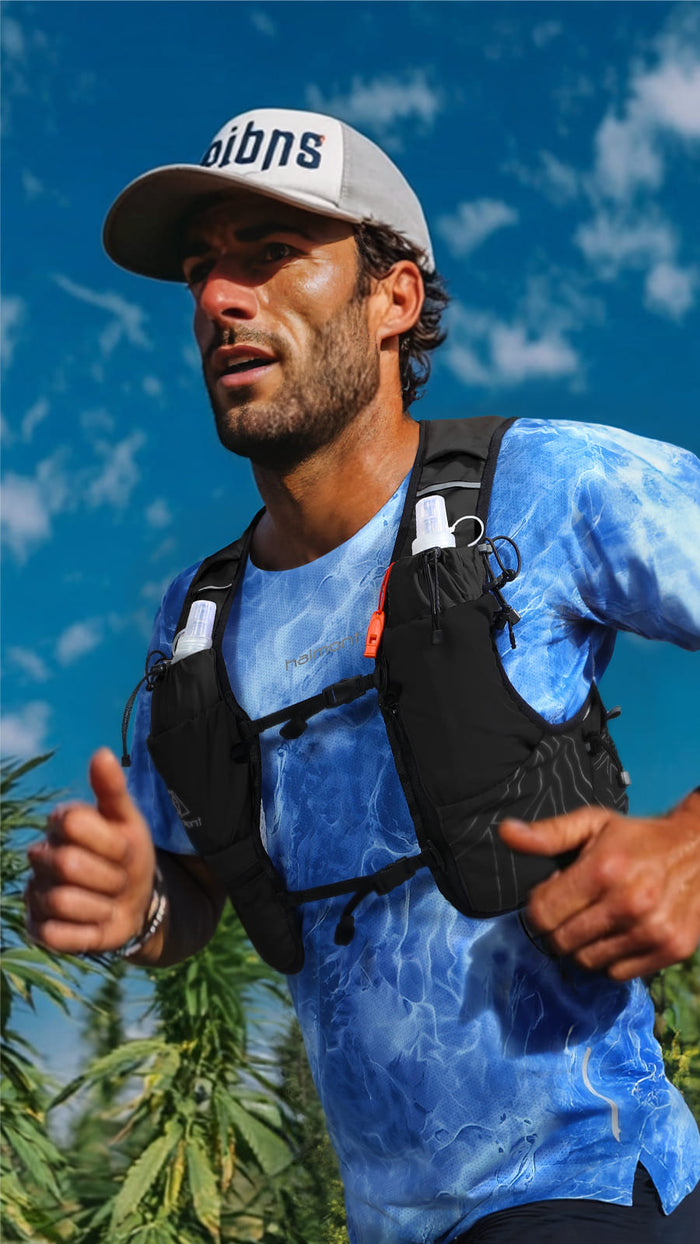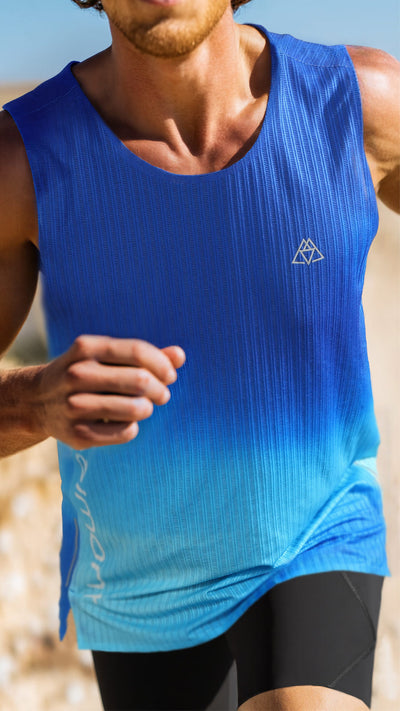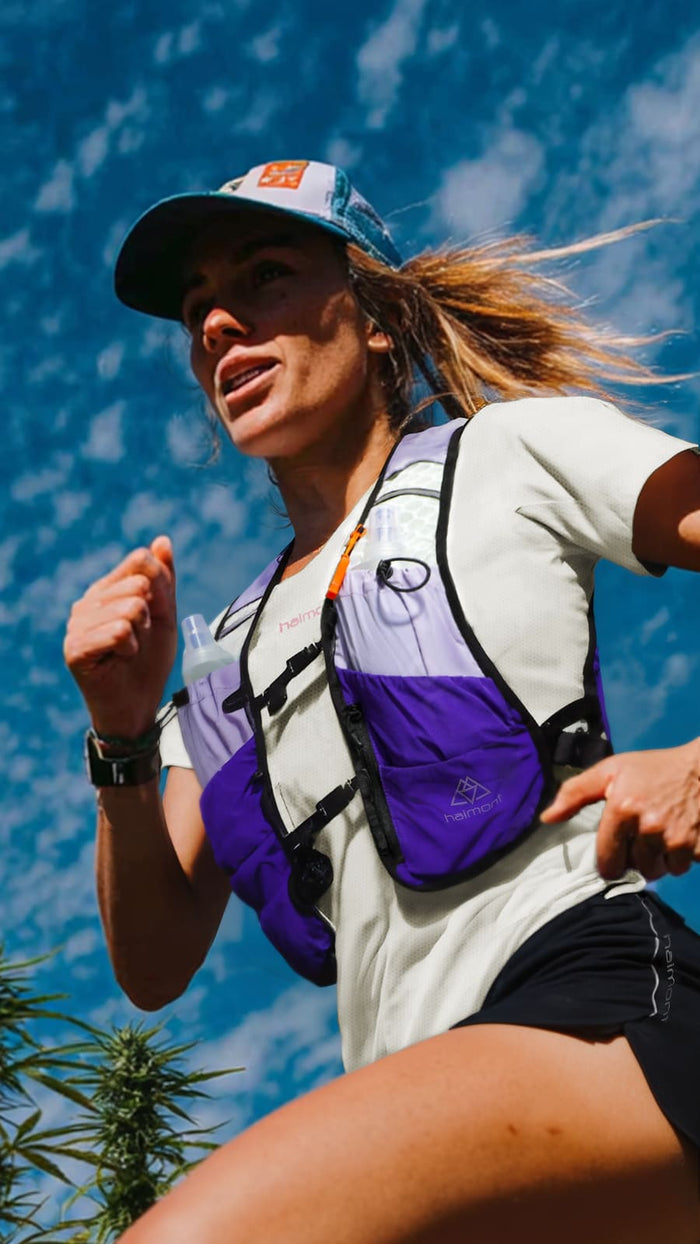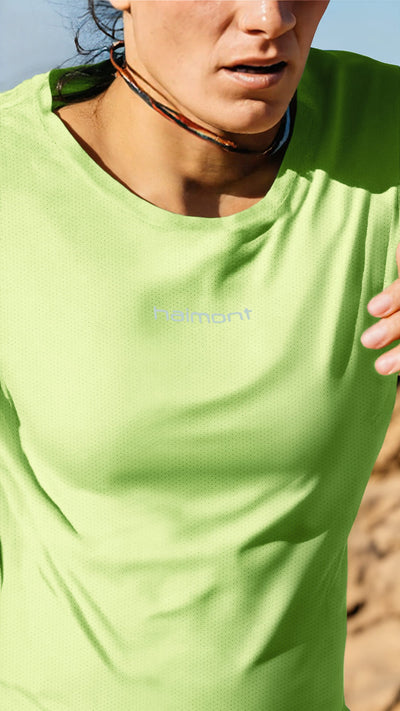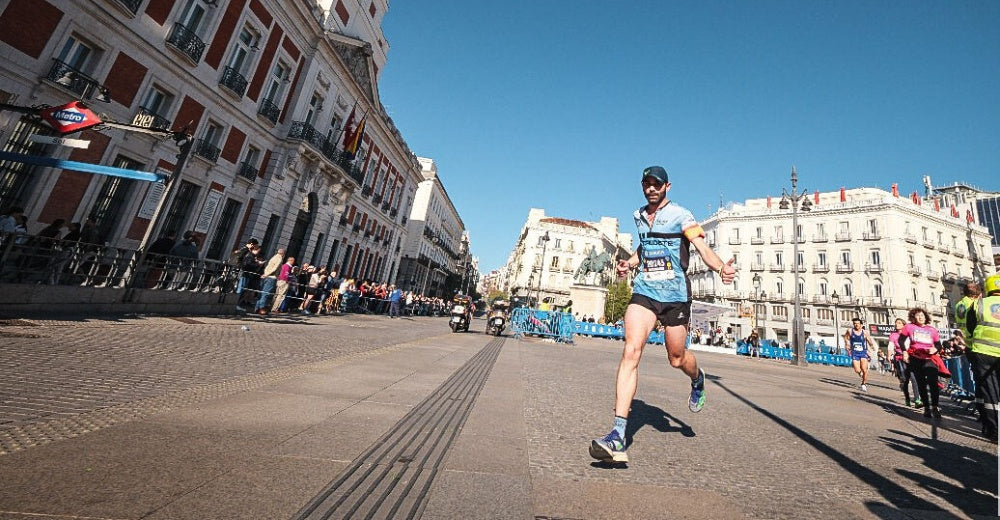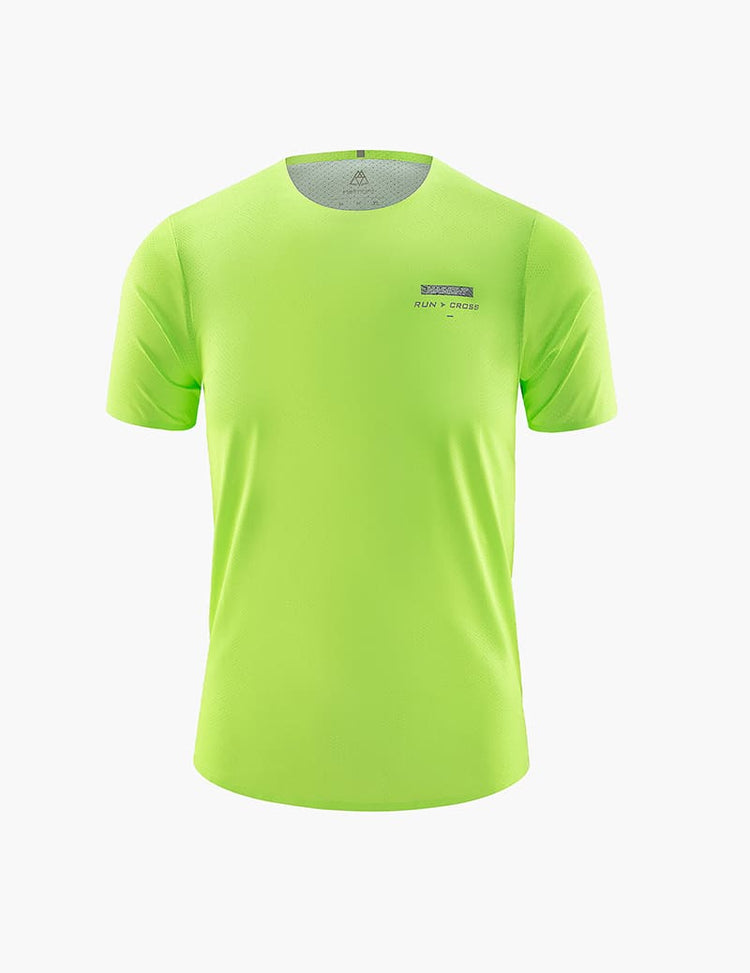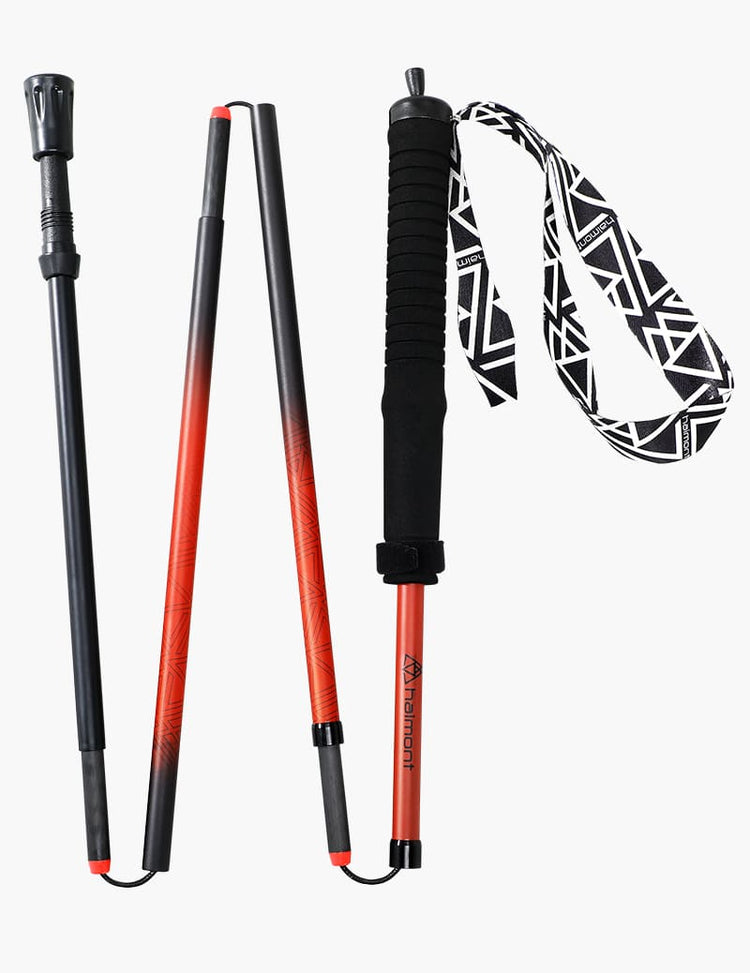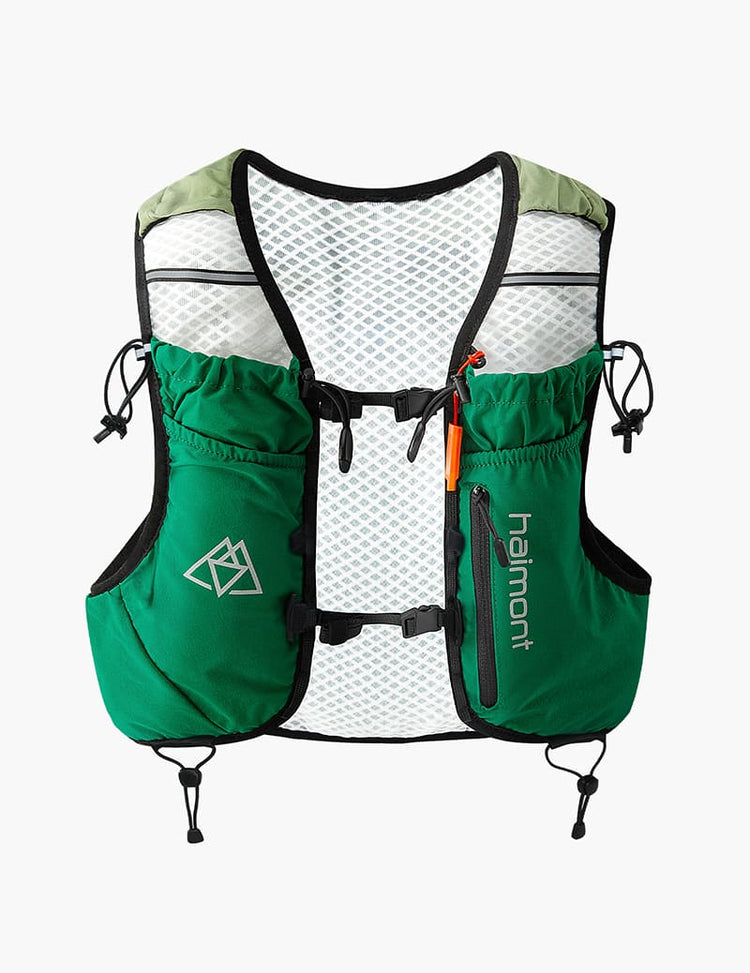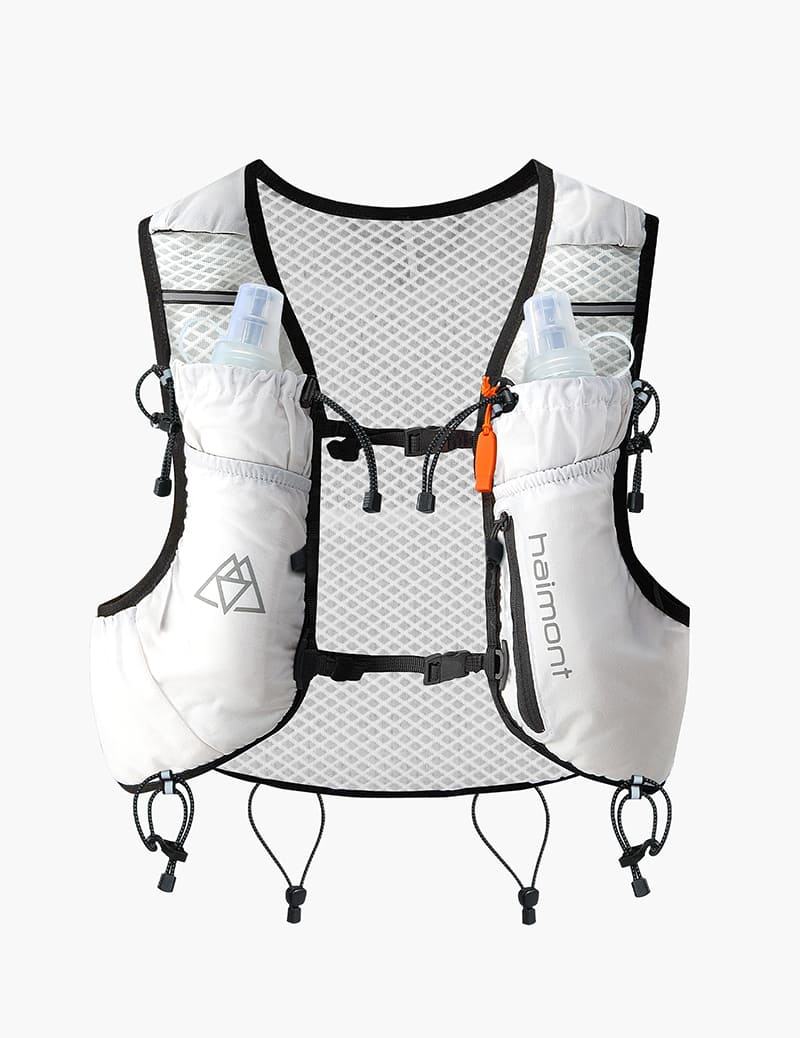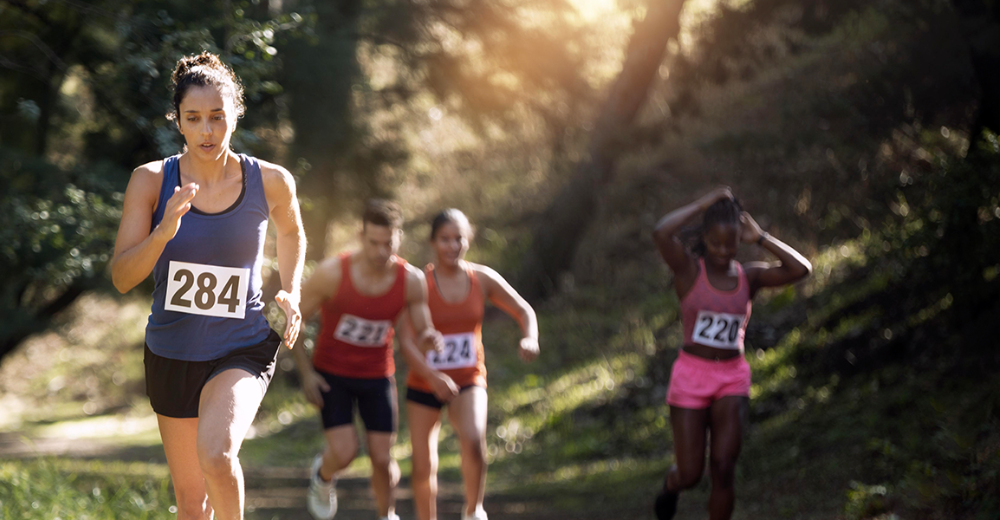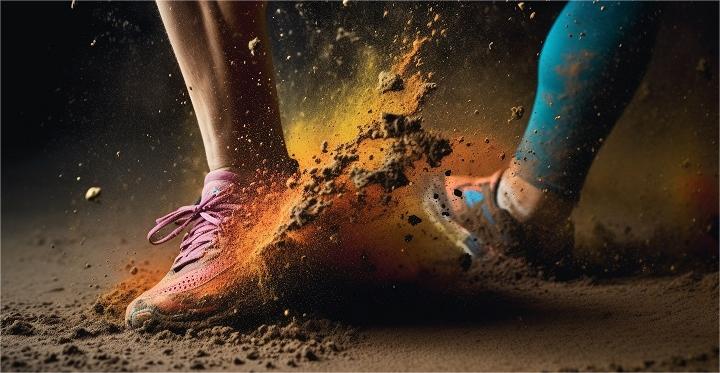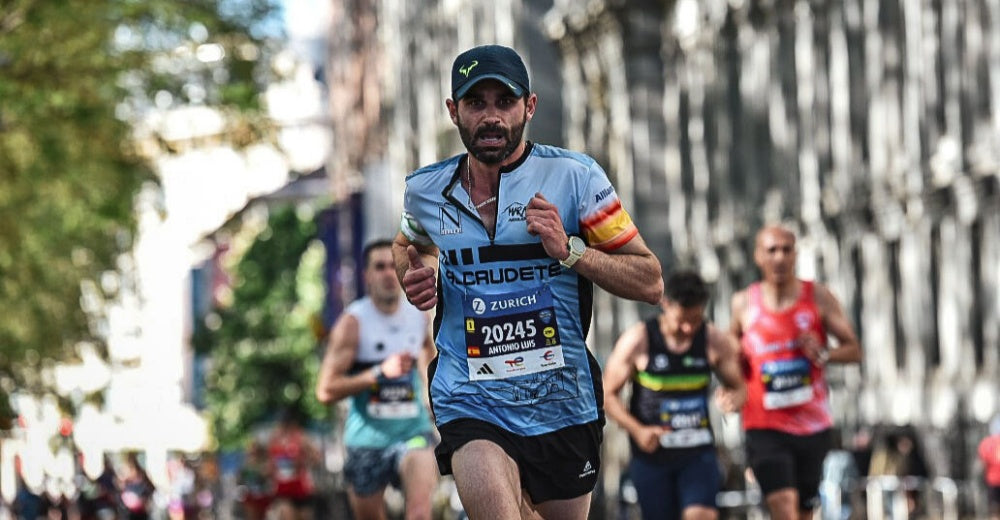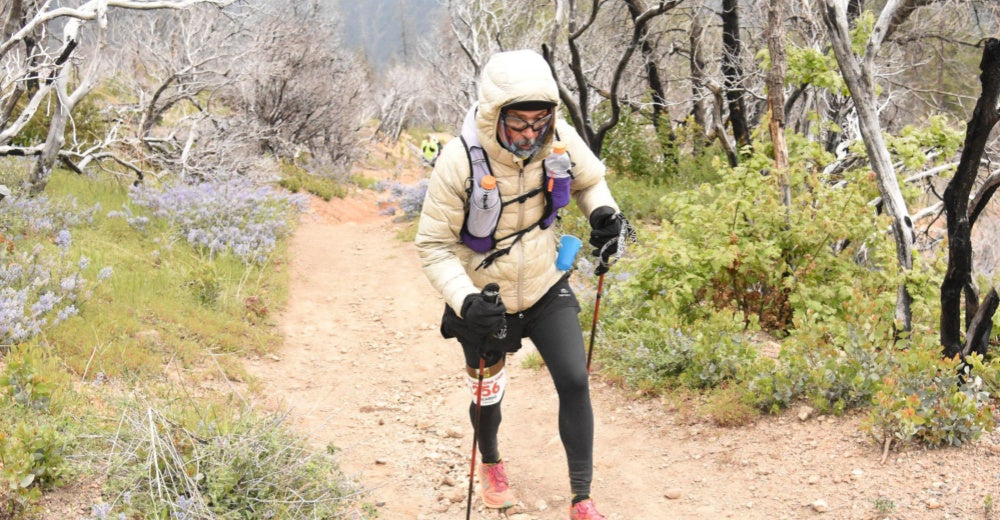Table of contents
Trail running in the city doesn't sound too wild. But for most trail runners living in cities, learning how to conduct trail running training scientifically and systematically in the city is not only a practical need, but also a necessary path to the mountain track.
Although there are no continuous mountains in the city, as long as the method is appropriate, the core abilities required for trail running can still be created: uphill and downhill ability, endurance reserve, physical stability, technical running sense, and psychological stress resistance. As a brand focusing on trail running equipment, Haimont is well aware of the pain points of urban runners. In this article, we will answer your questions from four aspects: training methods, venue selection, equipment preparation and advanced strategies.

Can cities also simulate mountains? Training content is the key
In the mountains, trail running training usually naturally combines various stimuli such as climbing, downhill, terrain adaptation, rhythm switching. When there is a lack of natural terrain in the city, we can restore the core elements of trail running one by one through functional training + clever use of the urban environment.
Below we will break down the urban training program in detail according to the off-road core ability dimension:
Climbing ability training: vertical height is the mountain
Training goal: improve cardiopulmonary load capacity, climbing muscle group (gluteus maximus, quadriceps, calf) endurance and burst.
Training method:
- Repeated stair running (a must for urban runners)
- Find a 30-50-story building and climb it repeatedly (10 floors can be set as a group)
- Perform 5-10 groups each time, go up and down slowly or with interval rhythm
- You can carry a weight through a trail running bag to simulate the load feeling of the competition
- Overpass/steep slope running
- Choose a medium-long ramp in the city (100-200 meters) and repeat the ramp running
- Mode 1: 5 minutes of slow climbing + 1 minute of acceleration
- Mode 2: 10 times of climbing up and running fast, downhill running
- Treadmill simulation climbing (exclusive for urban runners without slopes)
- Set the slope to 6%-15% and walk or run continuously for 30-60 minutes
- Adjust the slope every 5 minutes to simulate the undulations of the mountains
- Tips: Weighted simulation is recommended for different trail running race distances
|
Race Distance |
Actual Carrying Weight During Race |
Recommended Training Weight (Urban) |
Suggested Equipment |
|
20-30 km |
2~3 kg |
1.5~2.5 kg |
Hydration bladder, soft flasks, first aid kit, windbreaker, trekking poles (collapsible) |
|
50 km |
3~4.5 kg |
2.5~4 kg |
Simulated nutrition (energy gels, soft flasks), headlamp, rain jacket, outer layer |
|
100 km |
4.5~6.5 kg |
3.5~5.5 kg |
Water, thermal gear, long-duration backup food, spare batteries, waterproof |
|
100 km+ |
6~8 kg |
5~7 kg |
Simulate full pack load, add weighted sandbags if needed, distribute weight around core area |
Downhill impact training: impact resistance cannot be ignored
Training goal: Improve control, reaction speed and joint impact resistance when going downhill.
Training method:
- Slope control running
- Practice fast but controllable downhill on the dirt road or driveway in the park
- Requires the body to lean forward slightly, the knees to be flexible and buffered, and the footsteps to be brisk and high frequency
- Each training downhill 8-10 times, slowly climb up to recover
- Weighted downhill training
- Wear a trail running backpack to run downhill with light weight to enhance stability and coordination
- Control the speed in the early stage, and gradually increase the rhythm and route complexity
- Nerve reaction exercises (advanced)
- Set up markers (such as road signs, tree roots) on the grass or park trails, and perform stepping on the point and changing speed running
- Strengthen the ankle muscles, visual judgment and route adaptability
Trail running runners share
Kilian Jornet (Spain) – Trail running legend
I grew up in the Pyrenees as a child, but lived in downtown Oslo for a few years as an adult. At that time, I relied on city parks, underground passages, and ski jumps for high-intensity downhill training. I believe that trail runners cannot wait for mountains to train, but must learn to stimulate mountain muscles in non-mountain environments.
Inspiration: Downhill training not only trains speed, but also trains the impact resistance mode of the brain, nerves and lower limbs.
Trail running technical movement training: You can also practice running sense in the city
Training goals: Improve footwork coordination, rhythm change ability, and ability to cope with complex terrain.
Training method:
- Agility ladder training
- 1-2 times a week, 10 minutes each time
- Improve cadence, stride control and nerve reaction speed
- Rhythm switching running
- Set 500m jogging + 100m sprint + 200m climbing + 100m downhill, cycle 5-6 times
- Simulate frequent rhythm changes in trail running
- Blind running perception training (advanced)
- Close your eyes (under the premise of safety) and perform leg raises/mountain climber movements
- Develop proprioception of body posture and center of gravity transfer
Courtney Dauwalter (USA) – UTMB Women's Champion
I live in a small city in Colorado, and the mountains are often closed due to snow. I wear snow running shoes and practice rhythm switching and sprint reaction in the streets, stadiums, and sloped parking lots. Once before UTMB, I practiced 15 times of up-down-rhythm-recovery in the parking garage, which made me comfortable with rhythm switching in the slope section of the competition.
- Revelation: Don't underestimate parking lots and park trails, they are your daily real battlefields.
- Core and lower limb strength training: Lay the foundation for stability
- Training goal: Improve the stability, durability and injury prevention required for trail running.
Training method:
- Core training (2-3 times a week)
- Plank support (60 seconds x 3 sets)
- Mountain climber (20 times x 3 sets)
- Russian twist, supine leg raise
- Lower limb strength training
- Single-leg squat (10 times x 3 sets for each leg)
- Lung jump (15 times x 3 sets)
- Stair weight (use 10-15kg dumbbells or trail running bag with water bag)
Equipment recommendation:
Urban muscle strength training can wear Haimont running bag or sandbag to simulate actual combat weight, and use daily training to activate key muscle groups in advance.

Combined simulation training (recommended once a week)
Integrate the above ability modules to conduct trail running race day simulation training:
- Run 5 floors → Run 100 meters downhill → Sprint 200 meters on the slope → Squat 20 times with weights → Walk 300 meters to recover.
- Continue this cycle combination for 60-90 minutes to simulate the rhythm of the race.
Through these training contents, even if you live in the concrete jungle of the city, you can still build physical adaptability close to the trail running environment and prepare for the real entry into the mountains.
Venue selection: Have you found the wild land in the city?
The most important thing for trail running training in a city without mountains is not whether there are mountains, but whether you can identify the trail running characteristic venue. In fact, there are valuable mountain alternative terrain hidden in many cities:
- Park forest trails, dirt road ramps
- City staircases, abandoned factory slopes
- Ring greenways, river bank embankments, ski resort summer trails
- Grass slopes and slopes around schools and stadiums
- Wild open spaces and hills at the foot of the mountain at the junction of urban and suburban areas
You don't need to run very far, but you need to know more about how to use these terrains. Below we classify and recommend the types of off-road alternative venues available in cities from a functional perspective, and attach training suggestions.
Parks and forest roads: the terrain closest to mountains in the city
Features:
- Dirt roads, gravel roads, grass, uneven paths
- Ups and downs, bends, vegetation obstacles
Training suggestions:
- Simulated trail running rhythm running (fast-slow-speed change-avoidance)
- Practice route judgment, pace coordination and blind running perception
- Can be used with night headlights for low-light environment adaptation exercises
Reference: New York Central Park
Many New York trail running runners train regularly on the Bridle Path dirt road in the west of the park, and use large loops to achieve rhythm changes and ground feedback exercises.
Urban staircases and ramps: a great place for climbing and downhill training
Features:
- Continuous stairs (residential areas, subway exits, overpasses)
- Overpass slopes, underground spiral slopes, long urban slopes
Training suggestions:
- Stair climbing repetition training (suitable for weight bearing)
- Fast downhill impact training
- Simulated rhythm switching (sprinting on the slope followed by stairs)
Reference: San Francisco Urban Hill Runs
Many Bay Area trail runners choose Filbert Steps, Lombard Street, and Twin Peaks roads for repeated training in the city, which can accumulate 800-1200 meters of climbing each time.

Suburban fringe: the closest simulation area to mini mountains and wilderness
Features:
- Semi-wild areas (next to railways, riverbanks, forests, sandy land)
- Undeveloped hills, orchards, wind power slopes, etc.
Training suggestions:
- Set up trail running race scene simulation training: uphill + gravel + reaction + rhythm change
- Perform trail running equipment actual testing training (Haimont backpack retrieval, quick-on and off windbreaker, outdoor sunscreen T-shirt adaptation, etc.)
International reference: London Hampstead Heath + Parliament Hill
Although London is flat, trail runners complete multi-terrain simulation training through this suburban woodland + hilly area loop route, which is called the training sanctuary in the city.
Stadium + playground + outdoor fitness corner: a base for functional technical training
Features:
- Flat and controllable, suitable for refined technical practice
- Easy to monitor rhythm, heart rate, and technical status
Training suggestions:
- Perform technical training such as high-cadence rhythm running, agility ladders, and weighted squat jumps
- Quick switching exercises (such as 60-second sprints + 30-second mountain climbers + 20 step jumps)
- As a recovery flow venue after high-intensity training
International reference: Tokyo runners' common rules (Urban Mix)
Trail running enthusiasts in Tokyo often combine playground + park forest road + urban slope into a set of mixed training cycles to build a simulated trail running compound stimulation model.
Special terrain resources: Trail running simulation field you didn't expect
|
Urban Resource |
Off-Road Function |
Recommended Training Method |
|
Subway Vent Slopes |
Simulates short uphill |
30-second sprint + 30-second recovery |
|
Highway Overpass Walkways |
Simulates gentle slopes |
Continuous long hill pace run |
|
Ski Resort Summer Trails |
Simulates long downhill & gravel roads |
Controlled run + knee protection exercises |
|
Urban Greenway Dirt Sections |
Simulates woodland trails |
Fast-slow alternating pace run |
|
Bus Stop Staircases |
Enhances calf explosiveness |
Stair sprinting + step jumps |
Haimont suggests: Three golden rules for finding a venue
1. Vertical > Horizontal
Instead of pursuing long distances, it is better to find a slope or stairs that can go up and down continuously, which is more efficient.
2. Rough > Flat
Prefer to choose dirt roads or gravel roads with irregular ground to enhance foot perception, ankle stability and off-road feeling.
3. Combination > Single
Use 2-3 venues to combine into a mixed route (such as: ramp + dirt road + stairs + playground) to simulate the rhythm switching of real competitions.
Example: Design of mixed route for urban trail running training (applicable to urban center)
- Point A: 1.2km dirt road in urban park
- Point B: 300m two-way slope of overpass
- Point C: Underground passage stairs (30 levels)
- Point D: School playground (400m) + weight training area
Training method: A → B (uphill sprint) → C (fast downstairs) → D (3 laps of playground + core training) → back to A.
Total time: 60-90 minutes, cumulative climb of 400-600 meters, simulating the comprehensive process of up and down + switching + recovery in trail running events
Equipment is also critical: urban training ≠ equipment slackness (detailed version)
When training trail running in the city, many runners have a misunderstanding: It's not a real mountain anyway, so there is no need to use trail running equipment. But this not only misses the opportunity to improve the training effect, but also may cause problems such as inadaptability, slow operation, and poor equipment running-in in real competitions.
Especially for runners with competition goals, urban training is a test field for the actual combat of equipment, rather than a reduced-equipment occasion for easy and casual running.
Why must urban training also pay attention to trail running equipment?
Train the body, but also train coordination with equipment
Trail running is not a simple human output, but:
- Body + backpack weight + sweat + taking and putting items + emergency response Comprehensive cooperation.
- If you never use formal equipment during training, you may encounter problems such as not being able to take out energy gels, uncomfortable shoulder straps, and water bottles shaking when going downhill during the competition.
Get used to the logic of equipment and improve combat familiarity
Through urban training, you will become familiar with:
- The order of placing and taking energy gels and electrolyte tablets
- Efficiency practice of storing and unfolding trekking poles
- Quick wearing and taking off of raincoats and windbreakers
- Adjustment of headlights and reflective effects for night running
These can be practiced in non-mountainous urban training!
List of recommended equipment for urban training
|
Equipment Category |
Reason for Urban Training Use |
|
Load-bearing practice, gear access training |
|
|
Fast drying after sweating, non-stick, lightweight & breathable |
|
|
Comfort training for prolonged friction |
|
|
Muscle shift techniques during uphill and stair training |
|
|
Practice timely hydration and access order during training |
|
|
Rain Jacket / Windbreaker |
Quick wear/remove practice + urban wind & rain simulation |
|
Night Running Headlamp |
Training in nighttime trails and underground passages |
|
Trail Running Shoes (Grip Sole) |
Adapting to terrain changes like stairs, grass, gravel, etc. |
How to use equipment for actual combat simulation training in urban training?
Backpack weight simulation training
During the competition, you will at least carry: water, food, raincoat, first aid kit, etc.
It is recommended to carry at least 1~1.5kg weight to simulate actual combat situations in urban training
Training tasks: 30-60 minutes of rhythm running, monitor whether the backpack is shaking, shoulder pressure, sweating and sticky, etc.
Energy supply practical training
Simulate the rhythm of taking energy gel or electrolytes every 30 minutes during the competition
Practice the action process of taking things while running and adapting to the taste of supplies
Paired training: Complete intake during long-distance running in the park + rest between stair sections
Trekking pole use timing and storage practice
Use scenario: continuous slopes, urban staircase groups
Training content: unfolding and storing in no more than 10 seconds; can be used quickly when switching up and downhill
Combination training: alternating between using trekking poles and barehanded running in overpass + stair training
Night running environment equipment adaptation
Urban night running often has mixed lights or dark forest roads, overpass shadow sections
Use headlights to adapt to light and reflective strips
Special tips: Wear reflective vests and reflective armbands to improve the safety of night running
Clothing friction and perspiration test
Conduct high humidity environment training (grass after rain, park forest road)
Check whether the armpits, back, and hips are uncomfortable, sticky, and stuffy
Suggestion: Wear the trail running quick-drying T and pants prepared for the competition to complete at least 3 long-distance training

Trail running has never belonged only to the mountains and forests, it belongs to everyone who dares to persist in training and constantly break through in the city.
Maybe you don’t have snow-capped meadows or continuous kilometers of climbing, but you have the slope under the bridge, the steps in the corridor, the forest road in the park, and the persistence in the night. As long as the training is scientific, the equipment is appropriate, and the rhythm is clear, the city can be a hotbed for trail running, not an excuse.
Haimont always believes that the true trail running spirit is not about where you are, but about your heart that is always running.
Start with weighted running, hone the supply rhythm from sweat, and build your mountain ability from the city. Let us work together to develop the strength of the mountains using the city, and in every trail running race, set out confidently and reach the summit with determination.


